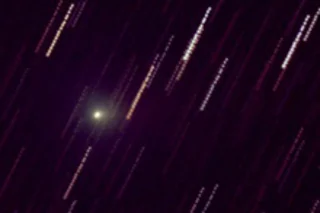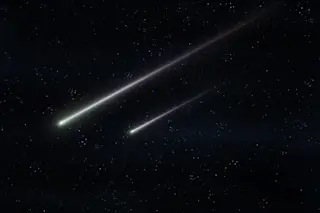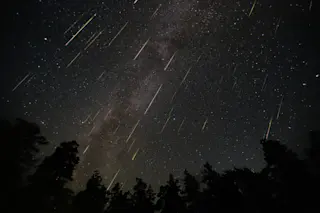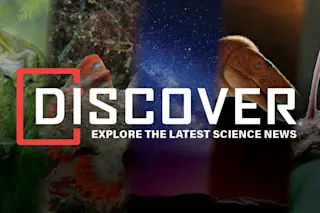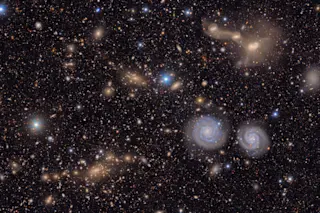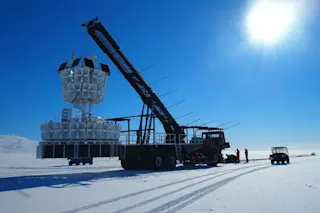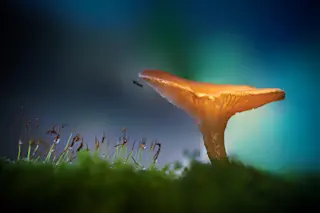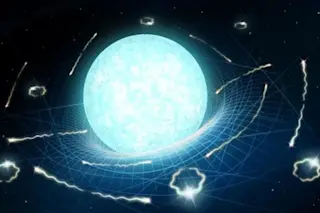On November 4, NASA's mission EPOXI will make a flyby less than 450 miles from the comet Hartley 2. Here's what to know about this dirty snowball. 1. It's a frequent visitor.Malcolm Hartley discovered this namesake comet 24 years ago, and it's returned to swing around the sun a few times since.
Like the famous Halley's Comet, Comet Hartley 2 is a periodic comet that follows a years-long loop around the sun. It takes 6.46 years to complete one circuit, compared with Halley's 75.3 years. [Christian Science Monitor]
2. My God, it's full of cyanide. A deadly agent here on our planet, cyanide
is ubiquitous in comets. But NASA's recent observations of Hartley 2 show the gas acting strangely there, according to team member Mike A'Hearn.
"Our observations indicate that cyanide released by the comet increased by a factor of five over an 8-day period in September without any increase ...


